How to buy
Privacy | Do not sell or share my personal information | Cookie preferences | Report noncompliance | Terms of use | © 2023 Autodesk Inc. All rights reserved
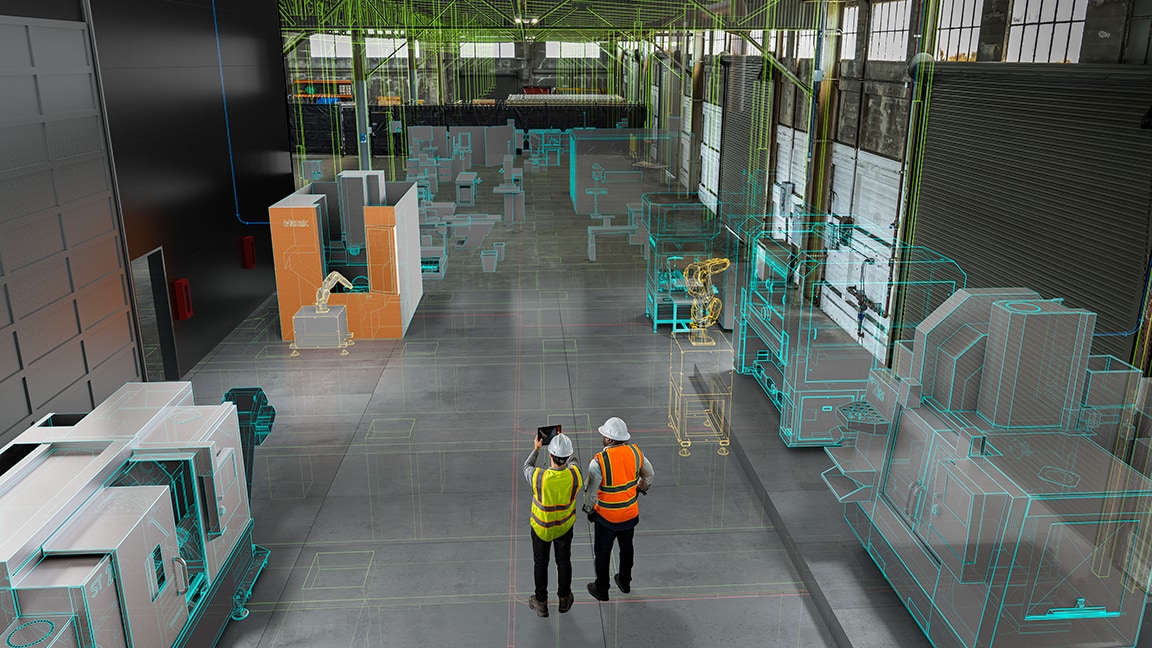
A digital factory is a production facility with all data and processes fully integrated in one model where every contributor from any discipline at each stage of the factory lifecycle can collaborate.
Face changing markets without slowing down. Get your factory running quickly, reconfigure it even faster, and repeat.
Unlock new levels of efficiency, adaptability, and innovation with workflows connected across disciplines.
Provide extended project management support, building design data, and operational services that take your value from essential to exceptional.
See building systems together with industrial equipment before installation begins to catch problems before they create waste and rework.
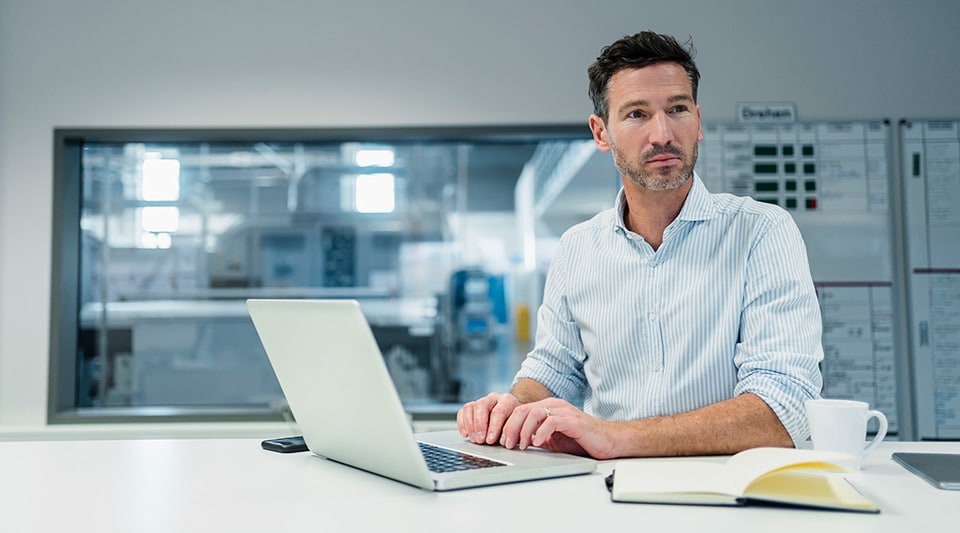
Integrated factory modeling combines BIM and digital factory planning to generate a digital representation of production facilities and equipment. Multi-disciplinary contributors can collaborate in this central, always-up-to-date model to plan, design, validate, build, and operate factories.
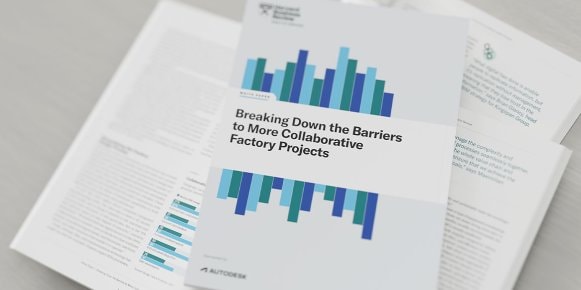
Harvard Business Review Analytic Services interviewed leaders advancing factories of the future at their companies to learn from where they've been and where they're headed.
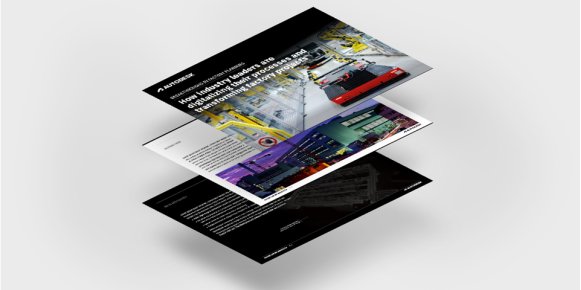
"If it took us 16 hours before, now it only takes one." See how highly innovative companies are using integrated factory modeling to drive business outcomes.
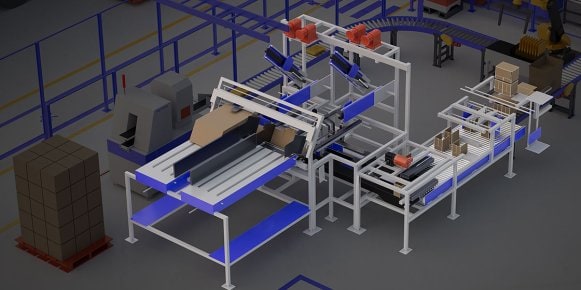
Learn why adapting quickly is critical for long-term business growth and how to tackle your most pervasive change-related challenges with tools purpose-built for factory projects.
Professional-grade product design and engineering tools for 3D mechanical design, simulation, visualization, and documentation.
Navisworks Manage, Navisworks Simulate software and the Navisworks Freedom 3D viewer for 5D analysis, design simulation, and project review.
Get Inventor + AutoCAD + Fusion 360 + more—Professional-grade tools for product development and manufacturing planning
Cloud-based design co-authoring, collaboration, and coordination software for architecture, engineering, and construction teams. “Pro” enables anytime, anywhere collaboration in Revit, Civil 3D, and AutoCAD Plant 3D.
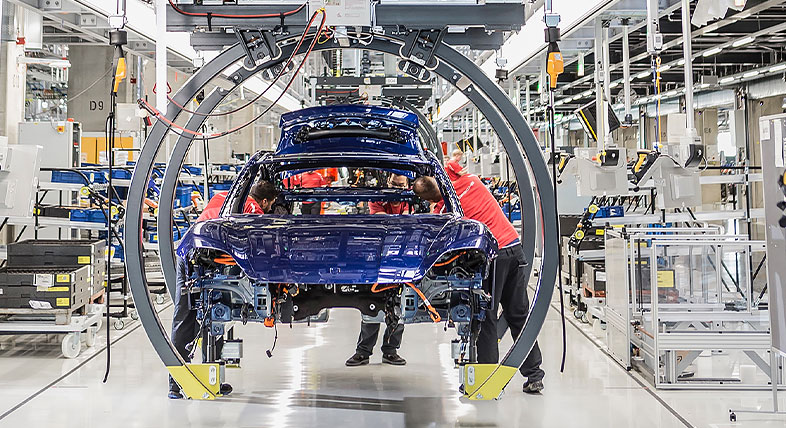
Porsche
To make their first electric sports car, Porsche used integrated factory modeling to create a smart facility—one as green as the car it manufactures.
Image courtesy of Porsche
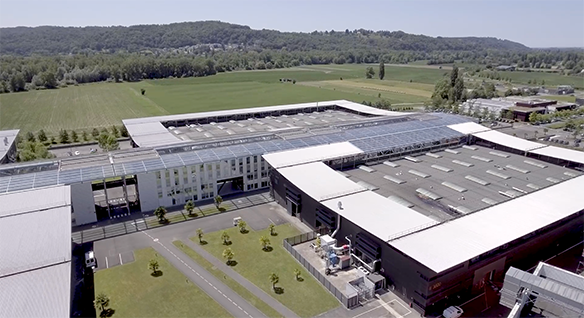
Safran
Using digital factory tools, multiple project teams at Safran can work within the same 3D model to coordinate decisions backed by reliable BIM data.
Image courtesy of Safran
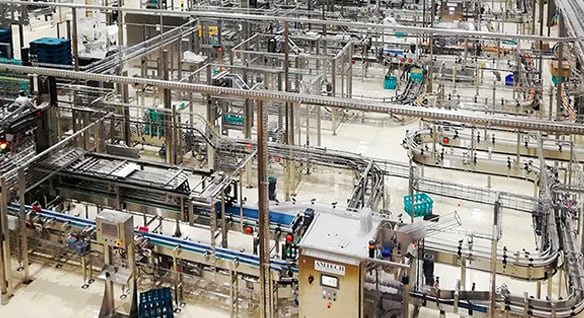
Technica International
Technica uses Factory Design Utilities to optimize production lines and equipment layout at customer sites–while cutting design time in half.
Image courtesy of Technica International
Digital factory software streamlines 2D and 3D workflows between multi-disciplinary project teams. For example, instead of designing a factory in AutoCAD and Inventor separately, you can simultaneously create a 2D and 3D model with appropriate level of detail with the Autodesk Factory Design Utilities. More advanced applications of digital factory software take advantage of interoperability between equipment models, factory layouts, reality capture data, and building models. All the data and processes are integrated in one digital factory model. At it's most mature state, a model like this can be used as a digital twin for the production facility.
Similar to a digital factory, a smart factory relies on integration of equipment. However, a digital factory primarily refers to integration of all data and processes involved in a factory's lifecycle in one digital model, whereas a smart factory primarily refers to connections between equipment and computing systems, enhanced by automation, artificial intelligence and machine learning.
Digital factories are useful for accelerating the factory design process, catching errors like collisions between equipment and building features, improving collaboration across multi-disciplinary project contributors, and creating digital twins to support factory operation.
The automotive industry is leading the way for digitalization of the factory, but there are many examples in other industries as well. Factory owners, equipment manufacturers, full solution providers, and even AEC firms are adopting digital factory software to drive business outcomes.
The automotive industry is leading the way for digitalization of the factory, but there are many examples in other industries as well. Factory owners, equipment manufacturers, full solution providers, and even AEC firms are adopting digital factory software to drive business outcomes.